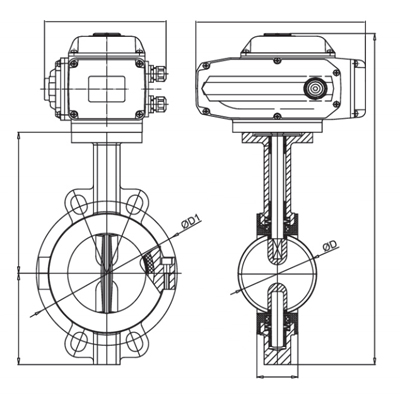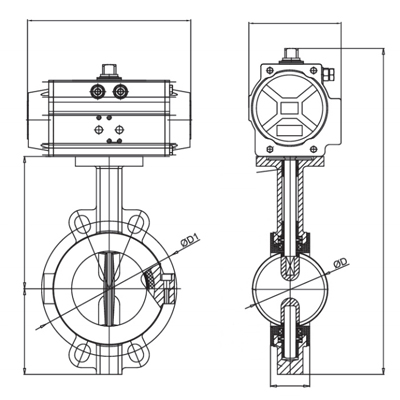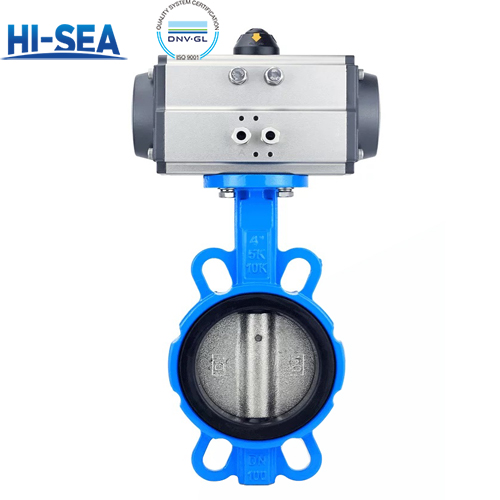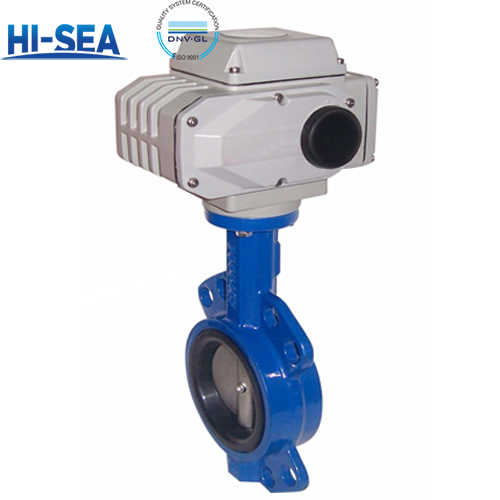
What is the Difference Between Electric Actuator and Pneumatic Actuator butterfly valve
The primary differences between electric actuators and pneumatic actuators for butterfly valves lie in their operation mechanisms, energy sources, control capabilities, and typical applications.
Each type of actuator has its advantages and is selected based on the specific requirements of the application.
Overview
Applications
。Electric Actuator:
Ideal for applications requiring precise control and automation.
Commonly used in HVAC systems, water treatment plants, and industrial automation.
。Pneumatic Actuator:
Preferred in explosive or hazardous environments due to the absence of electrical components.
Widely used in chemical processing, oil and gas industries, and food and beverage processing.
Control Capabilities
。Electric Actuator:
Offers precise control over valve position.
Can integrate with sophisticated control systems (e.g., for automation).
Provides feedback on valve position and operational status.
。Pneumatic Actuator:
Generally provides on/off control but can be configured for modulating control.
Faster response time compared to electric actuators.
Can be equipped with positioners for more precise control.
Drawing:








